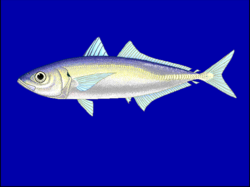Random mating
Random mating is a term in population genetics. It describes an ideal situation in which all individuals on one sex are equally potential partners of all members of the opposite sex. The technical term for it is panmixia.
Random mating is one of the requirements for the Hardy–Weinberg law to hold. This is the foundation equation of population genetics.
There are a number of types of non-random mating, such as mate choice (selection by females from a small group of males), mating type (in microorganisms like Paramecium), selfing in some flowering plants, and in general, inbreeding. Mechanical or geographical differences within a species will often prevent a whole species being panmictic.
The opposite of random mating is assortative mating.[1]
Random Mating Media
Pantala flavescens is considered as a global panmictic population.
References
- ↑ King C and Stanfield W.D. 2006. Dictionary of genetics. 7th ed, Oxford. p321 "random mating as contrasted with assortative mating".

